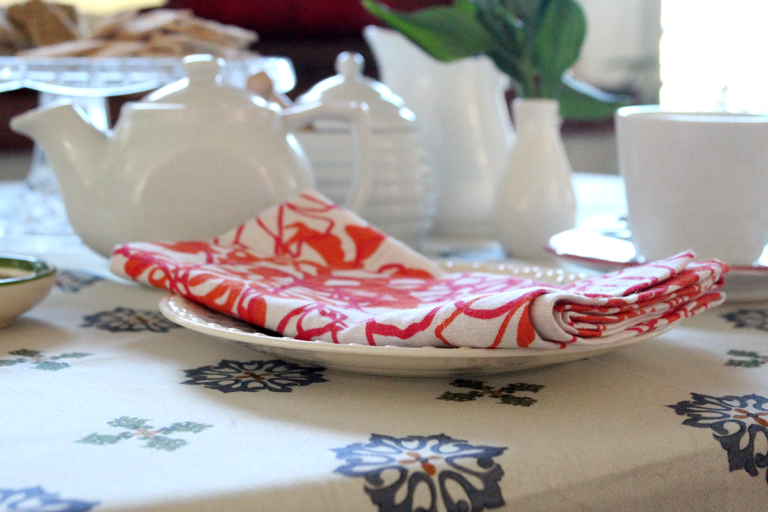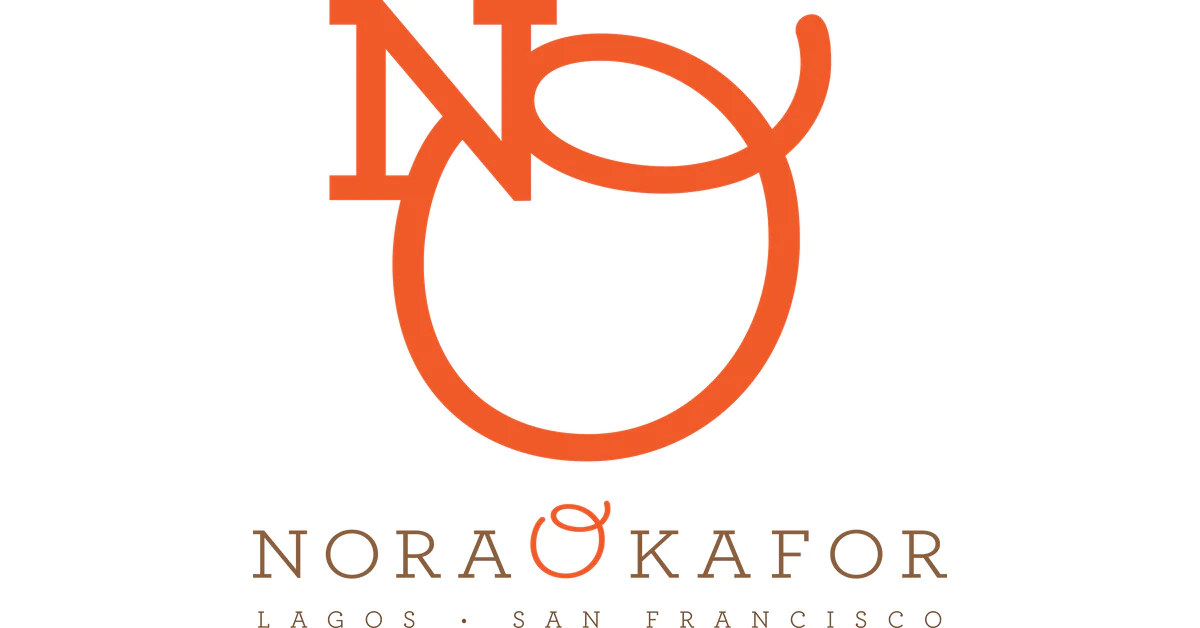
Tea is the most consumed beverage worldwide. It is both healthful and delicious, depending on what you combine it with. Whether you’re trying to entertain a guest, or you want to bond with friends, tea service always comes through.
In this article, we’ll understand what tea service entails and how it is done in Africa and the Caribbean.
Sit tight and enjoy!
What is Tea Service?
Tea service refers to the conventional way of serving tea. It includes the utensils for preparing the tea and the snacks served alongside. So, a typical tea service will feature a teapot, cups, saucers, sugar bowl, creamer, and maybe biscuits or cakes.
Additionally, tea service can be a formal or informal event, ranging from a simple tea break to a formal tea party. Also, it is observed in various settings like in the home, cafes, hotels, and special events.
Furthermore, the type of tea served, the way it is brewed, and complimenting snacks vary depending on the occasion, cultural traditions, and personal preferences. Black tea, green tea, herbal tea, and iced tea are some popular teas served during tea service.
Moreover, the practice of serving and drinking tea is perceived as a symbol of hospitality. Also, it can be a relaxing, social, or ceremonial activity. In many cultures, tea service is considered an essential part of daily life and is a valued tradition passed down from generation to generation.
Now let’s take a look at tea service in Africa and the Caribbean.
Tea Service in Africa
In many African countries, tea service is a common tradition, especially as a sign of hospitality. For most African homes, tea served with milk and sugar is a staple at breakfast and throughout the day. The tea may vary depending on the region but the popular options include black tea, chai tea, or rooibos tea. Also, traditional compliments like injera (a type of flatbread) or other locally baked foods may be added.
Tea service is a time for Africans to socialize and exchange news. Also, it can be a formal and highly ritualized event, with specific etiquette and traditions that must be followed. In Ethiopia, for example, the host pours tea for the guests from a great height as a symbol of generosity and hospitality. Then in West Africa, tea service is often accompanied by serving traditional snacks, such as bean cake or fried plantains, making it a complete meal.
Interestingly, tea service also plays an important role in the economy of many African countries. Tea is one of the largest agricultural exports in Africa thus, it is an essential source of income for many farmers and communities. Tea producing countries in Africa include Kenya, Malawi, Tanzania, Zimbabwe, and South Africa. They produce about 30% of world exports (about 514,742 tonnes of made tea). Wow!
Buy your teacups, teapots, mugs, dinnerware, table runners, and linen napkins here
Tea Service in The Caribbean
Like Africa, tea service is a popular tradition in the Caribbean, with its own unique variations and customs. Tea service is an integral part of Caribbean culture, with deep roots in tradition, hospitality, and community. Also, tea service plays an important role in the economy, as tea is a source of income for many farmers and communities.
Furthermore, tea service can vary from country to country, reflecting the diverse cultural heritage of the region. For example, in Grenada tea is often served with traditional dishes like coconut bakes and saltfish bouljol (salted codfish salad), while in Trinidad and Tobago, tea is accompanied by doubles, a popular street food made with curried chickpeas.
In several Caribbean countries, cocoa tea is a staple. Cocoa Tea is similar to hot chocolate laced with spices; cloves, nutmeg, cinnamon, star anise, milk, sugar.
Tea service is typically a formal event in the English-speaking Caribbean, with a variety of teas, such as black tea or herbal tea, served with sugar, milk, and sometimes lemon. So, you can expect tea service at a wedding reception, with tea, cakes, and biscuits served to guests.
However, it is a more casual affair in the Spanish-speaking Caribbean, with herbal teas, such as manzanilla or menta, served as a refreshing drink. Also, tea service may be served as part of a religious ceremony, with a special tea blend prepared for the occasion.
Tea Service as a Social Catalyst In The Caribbean
Beyond its flavors and aromas, tea serves as a social catalyst, bringing people together in moments of joy and camaraderie. In Africa and the Caribbean, tea ceremonies are more than just rituals; they are expressions of hospitality, respect, and shared identity. From the elaborate tea ceremonies of North Africa to the laid-back gatherings in Caribbean kitchens, tea fosters connections and strengthens bonds, transcending language and cultural barriers. Whether enjoyed in bustling markets or tranquil gardens, a cup of tea invites conversation, laughter, and moments of reflection, enriching the fabric of everyday life.
Interesting, huh?
Buy your teacups, teapots, mugs, dinnerware, table runners, and linen napkins here
Tea Service at Home
In the home setting, tea service connects family members. Also, it helps them spend quality time with friends, or simply relax and enjoy a quiet moment.
Tea service at home can be casual like a simple tea break or a full-fledged tea party. As you would expect, there will be other items like biscuits or cakes. And the host can choose from a variety of teas, such as black tea, green tea, herbal tea, or iced tea.
Buy your teacups, teapots, mugs, dinnerware, table runners, and linen napkins her
How to Prepare Tea Service
Here are some steps to help you prepare a tea service:
Conclusion
A well-organized tea service is a wonderful way to bring people together and create special memories. It is a time-honored event in Africa and the Caribbean that reflects the unique history, culture, and customs of the regions. And it will continue to be cherished by generations. If you’re looking to host a tea party, check out this store for the best-quality tea supplies.
